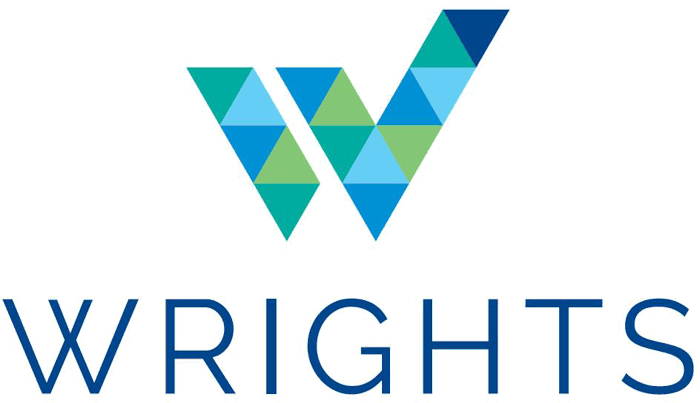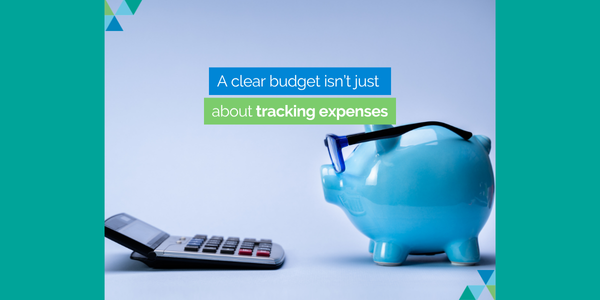Year-enders must apply new standards

YEAR-ENDERS MUST APPLY NEW STANDARDS
This year is big for NFPs that report in compliance with accounting standards.
The following complex accounting standards apply for annual reporting commencing on or after 1 January. Year-enders on 31 December are first cabs off the rank. The standards to watch out for are:
- AASB 15 Revenue from Contracts with Customers (NFP version)
- AASB 1058 Income of Not-for-profit Entities
- AASB 16 Leases , and
- AASB 2018-8 Amendments to Australian Accounting Standards – Right-of-Use Assets of Not-for-Profit Entities.
AASB 15 Revenue from Contacts with Customer is operative for NFPs for financial years that began on 1 January 2019. Implementation guidance and illustrative examples may be consulted.
The Australian Accounting Standards Board late last year issued amending standard AASB 2018-8 Amendments to Australian Accounting Standards – Right-of-Use Assets of Not-for-profit Entities , which affects leases.
AASB 2018-8 provides a temporary option for NFP lessees to elect to measure a class (or classes) of right-of-use assets arising under 'concessionary leases' at initial recognition, either:
- At cost, in accordance with AASB 16 Leases paragraphs 23–25, which incorporates the amount of the initial measurement of the lease liability, or
- At fair value (under AASB 13 Fair Value Measurement ) in accordance with AASB 16 paragraph Aus25.1 (as amended).
There are important disclosure requirements where the 'cost' option is chosen.
This extra information helps financial-statements users to assess:
- An entity's dependence on leases that have significantly below-market terms and conditions principally to enable the entity to further its objectives, and
- The nature and terms of the leases, including lease payments, a description of underlying assets and restrictions on the use of underlying assets specific to the entity.
Information must be provided separately for each material lease that has significantly below-market terms and conditions principally to enable the entity to further its objectives or in aggregate for leases involving right-of-use assets of a similar nature.
You will need to consider the level of detail necessary to satisfy the disclosure objective and how much emphasis to place on each of the various requirements.
Remember to aggregate or disaggregate disclosures so that useful information is not obscured by either the inclusion of a large amount of insignificant detail or the aggregation of items that have substantially different characteristics.
If you are looking for application of accounting standards, they are identified in AASB 1057 Application of Australian Accounting Standards. Its objective is to specify the types of entities and financial statements to which Australian Accounting Standards (including Interpretations) apply.
Dan Wade is the audit expert at Wrights Chartered Accountants, make an appointment to speak with him
here
.










